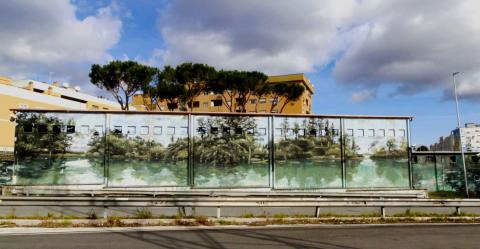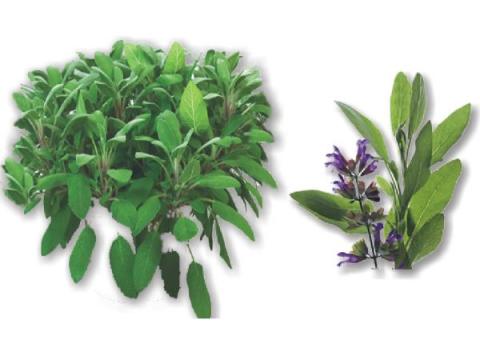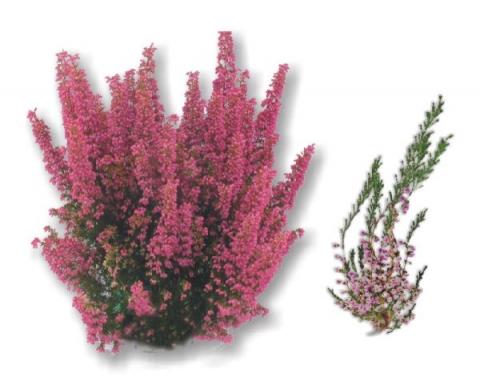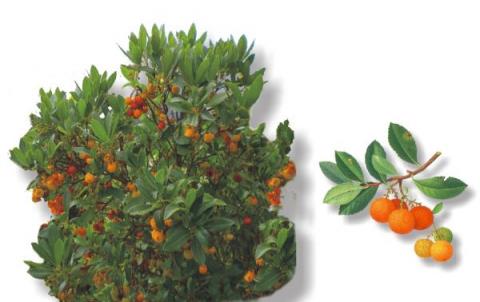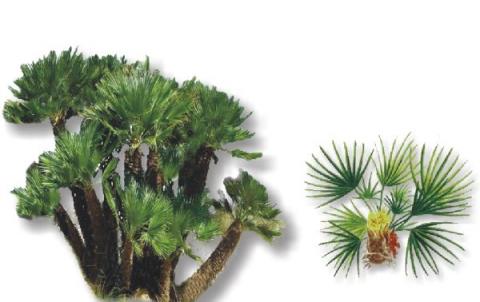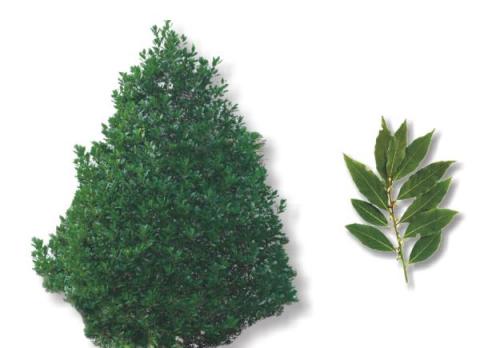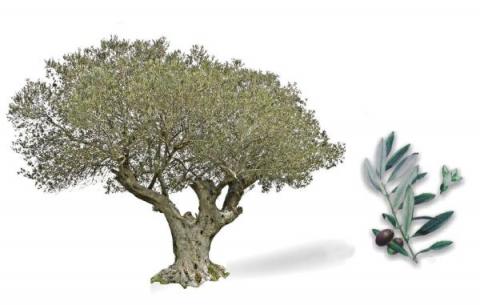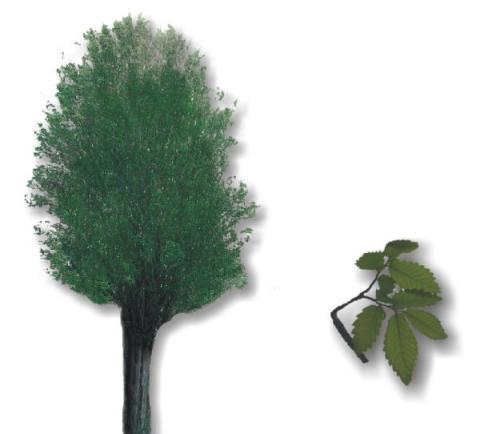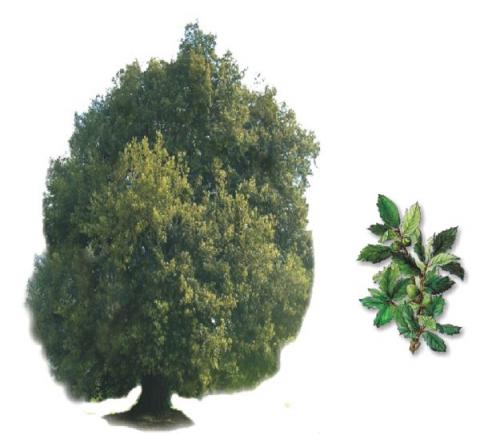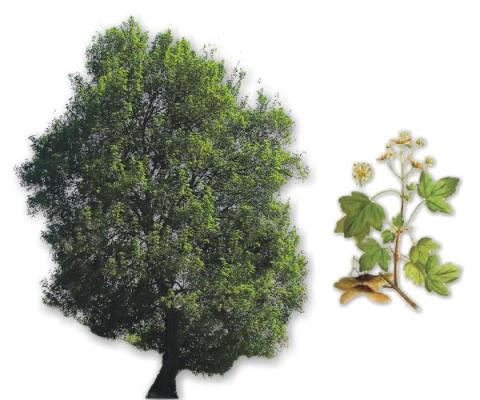Pleistocene Garden
The garden of the museum is not born by chance. It wants to give a suggestion. The walk that crosses recalls the path of a river and, on its "banks", there are some plants that existed already in Pleistocene. Almost all are still part of Mediterranean and temperate environments that characterize the Italian peninsula.
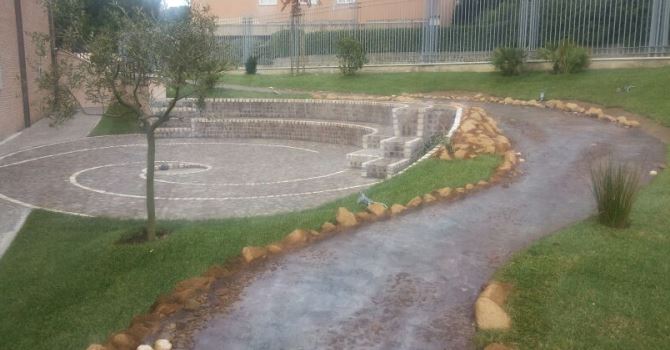
Permanent multi-sensory exhibition route
As of 20 February 2024, the Pleistocene Garden will be enriched with a permanent multi-sensory exhibition route, consisting of 15 panels with relief illustrations and captions translated into Braille, presenting the daily life of a group of Neanderthals reconstructed on illustrated relief boards. The exhibition pays special attention to inclusive dissemination and is also aimed at people with physical, sensory and cognitive disabilities.
Full details at > A special journey... From the river to the sea
The Pleistocene Garden
There are shrubs that can become small trees, fragrant and aromatic plants, which perhaps were known to our ancestors for their qualities and properties.
And then there are true trees that, especially in "hot" and humid periods, expanded beyond the river valleys.
A single plant is no longer widespread today in Italy, while it widely populated the Pleistocene environments: the Zelkova. It can be seen "fossil" in a showcase in the museum and "alive" in the garden.
The following text also is a suggestion. The plant world is a living world, and therefore it is likely that some plants are today different from those described here.




























